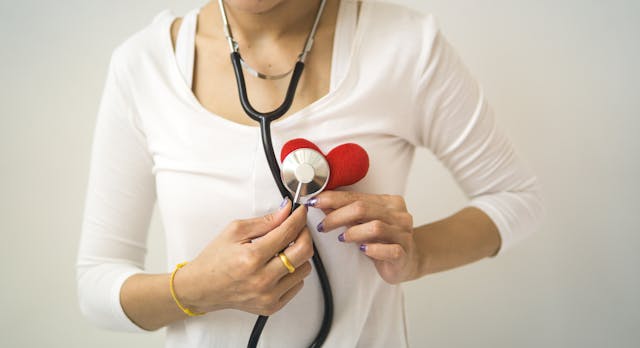When it comes to heart health, two key players often steal the spotlight: triglycerides and HDL cholesterol. Triglycerides are a type of fat found in your blood, and having high levels can increase your risk of heart disease. HDL (high-density lipoprotein) is the “good” cholesterol that helps remove bad cholesterol from your arteries. Raising HDL while lowering triglycerides can significantly improve your heart health. The good news? You can achieve this naturally with a few lifestyle tweaks. Let’s dive into some effective strategies!
1. Cut Back on Sugars and Refined Carbs
Sugars and refined carbohydrates (like white bread, pasta, and sweets) can raise triglyceride levels. When you consume these, your body converts them into triglycerides, which are then stored in fat cells. To lower your triglycerides, focus on complex carbs like whole grains, vegetables, and legumes. These foods not only help keep your triglycerides in check but also provide sustained energy.
2. Embrace Healthy Fats
It might sound counterintuitive, but eating the right kind of fats can actually help lower triglycerides and raise HDL. Incorporate more omega-3 fatty acids into your diet, which are found in fatty fish like salmon, mackerel, and sardines. Nuts, seeds, and plant oils like olive oil are also excellent sources of healthy fats. These fats help increase your HDL levels and reduce triglycerides, giving your heart a double dose of protection.
3. Get Moving
Regular physical activity is a powerful tool for balancing your cholesterol levels. Exercise can help raise HDL and lower triglycerides. Aim for at least 30 minutes of moderate-intensity exercise most days of the week. Activities like brisk walking, swimming, cycling, or even dancing can make a big difference. The key is consistency—find something you enjoy and stick with it!
4. Lose Extra Weight
Carrying excess weight, especially around your middle, can contribute to higher triglyceride levels and lower HDL. Shedding even a few pounds can have a significant impact. Focus on gradual weight loss through a combination of healthy eating and regular exercise. As your weight decreases, you’ll likely see improvements in both your triglyceride and HDL levels.
5. Limit Alcohol Consumption
Alcohol can have a significant effect on your triglyceride levels. Even small amounts can raise triglycerides, so if you drink, do so in moderation. If your triglycerides are already elevated, it might be best to avoid alcohol altogether until your levels are under control.
6. Add More Fiber to Your Diet
Fiber, especially the soluble kind, can help lower triglycerides and boost HDL levels. Foods rich in soluble fiber include oats, beans, lentils, fruits, and vegetables. These foods slow down the absorption of sugar and fat in your bloodstream, keeping your triglycerides in check. Plus, fiber is great for your digestion and can help you feel fuller longer, aiding in weight management.
7. Consider Supplements
Certain supplements can help improve your lipid profile naturally. Fish oil, rich in omega-3 fatty acids, is known to lower triglycerides. Niacin (vitamin B3) can raise HDL levels. Still, it’s important to talk to your doctor before starting any supplement, especially in higher doses, as they can have side effects or interact with medications.
8. Avoid Trans Fats
Trans fats, often found in fried foods, baked goods, and some kinds of margarine, can increase your triglycerides and lower HDL. These artificial fats are harmful to your heart and should be avoided as much as possible. Check food labels for “partially hydrogenated oils” to steer clear of trans fats.
9. Eat More Garlic
Garlic has been shown to help lower triglyceride levels and improve HDL cholesterol. You can add fresh garlic to your meals for a flavorful and heart-healthy boost. If you’re not a fan of the taste, garlic supplements are also an option, but be sure to consult with a healthcare provider first.
10. Stay Hydrated
Drinking plenty of water helps your body function optimally and can assist in weight loss and digestion. Both of these are important for maintaining healthy triglyceride and HDL levels. Aim for at least eight glasses of water a day, and more if you’re active or live in a hot climate.
Final Thoughts
Balancing your triglycerides and HDL naturally involves a holistic approach—one that combines a healthy diet, regular exercise, and intelligent lifestyle choices. The best part? These changes don’t just improve your heart health; they contribute to your overall well-being. Start with small steps, and over time, you’ll see significant results. Your heart will thank you!
